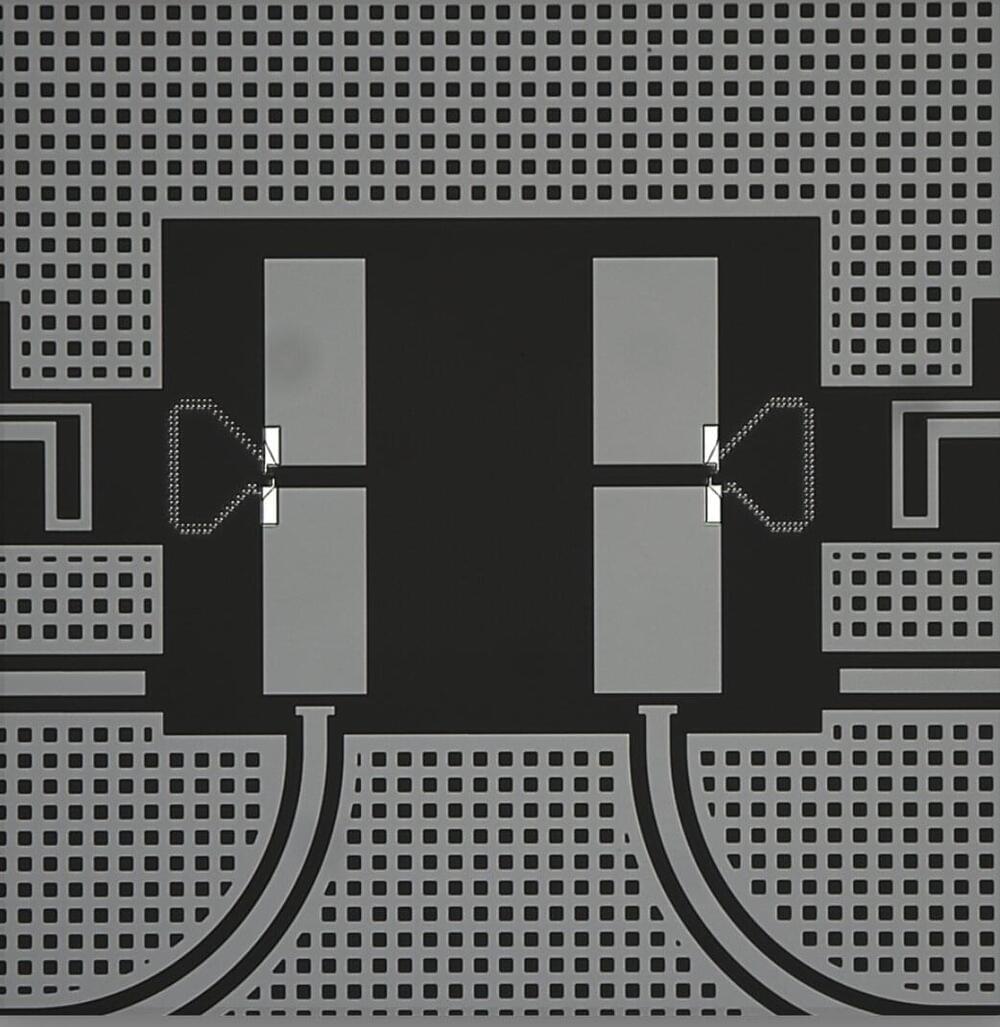As part of a $1 billion initiative, Google has hired researchers at Sydney’s biggest unis to find applications for the quantum computer it’s building in the US.


Quantum mechanic discoveries are some of the most groundbreaking discoveries that scientists can make as they allow us to get a better understand of the space and matter around us. From multiple dimensions to quantum superposition, there are many things that are difficult for scientists and physicists to explain. Hopefully we can clear up some of the confusion!
Thanks for watching Matter!
🔔 Hit the bell next to Subscribe so you never miss a video!
❤️ Like, Comment and Subscribe if you are new to the channel!
Topics Discussed/Related:
- Amazing Discoveries.
- Quantum Tunneling.
- Quantum Entanglement.
- Quantum Computing
The Brain Computer Interface industry is progressing quickly and it’s not just Neuralink. Synchron…
The Brain Computer Interface industry is progressing quickly and it’s not just Neuralink. Synchron has been approved for human trials by the FDA and Neuralink might not be far behind.
Last video: The Real Reason SpaceX Developed The Raptor Engine!
► Patreon: https://www.patreon.com/theteslaspace.
► Subscribe to The Tesla Space newsletter: https://www.theteslaspace.com.

NASA’s Volatiles Investigating Polar Exploration Rover (VIPER) prototype recently endured the most realistic tests to-date of its ability to drive through the most difficult terrain during its mission to the Moon’s South Pole.
Quantum computers, devices that exploit quantum phenomena to perform computations, could eventually help tackle complex computational problems faster and more efficiently than classical computers. These devices are commonly based on basic units of information known as quantum bits, or qubits.

Quantum computers, devices that exploit quantum phenomena to perform computations, could eventually help tackle complex computational problems faster and more efficiently than classical computers. These devices are commonly based on basic units of information known as quantum bits, or qubits.
Researchers at Alibaba Quantum Laboratory, a unit of Alibaba Group’s DAMO research institute, have recently developed a quantum processor using fluxonium qubits, which have so far not been the preferred choice when developing quantum computers for industry teams. Their paper, published in Physical Review Letters, demonstrates the potential of fluxonium for developing highly performing superconducting circuits.
“This work is a critical step for us in advancing our quantum computing research,” Yaoyun Shi, Director of Alibaba’s Quantum Laboratory, told Phys.org. “When we started our research program, we decided to explore fluxonium as the building block for future quantum computers, deviating from the mainstream choice of the transmon qubit. We believe that this relatively new type of superconducting qubit could go much further than transmon.”

A fter schools shifted to an online teaching mode, 17-year-old Nisha Pathak was worried about her increase in screen time. To avoid spending too much time looking at computers and to keep herself active, the Class 12 student of Neeraja Modi school, Jaipur, Rajasthan, took up farming.
“I wanted to keep myself engaged in activities that did not require looking at a screen. Apart from that, I wanted to grow the veggies and distribute them to underprivileged families living near my home,” says Nisha, adding that she learnt how to prepare seeds and plant them from a gardener in her community premises.
Initially, she grew vegetables like potatoes, onions and tomatoes. The harvest was distributed among underprivileged families who were living in neighbouring areas and were unable to procure fresh vegetables regularly.



City College of New York physicist Pouyan Ghaemi and his research team are claiming significant progress in using quantum computers to study and predict how the state of a large number of interacting quantum particles evolves over time. This was done by developing a quantum algorithm that they run on an IBM quantum computer. “To the best of our knowledge, such particular quantum algorithm which can simulate how interacting quantum particles evolve over time has not been implemented before,” said Ghaemi, associate professor in CCNY’s Division of Science.
Entitled “Probing geometric excitations of fractional quantum Hall states on quantum computers,” the study appears in the journal of Physical Review Letters.
“Quantum mechanics is known to be the underlying mechanism governing the properties of elementary particles such as electrons,” said Ghaemi. “But unfortunately there is no easy way to use equations of quantum mechanics when we want to study the properties of large number of electrons that are also exerting force on each other due to their electric charge.”

“It is very exciting to see this unusual phase of matter realized in an actual experiment, especially because the mathematical description is based on a theoretical ‘extra’ time dimension,” Philipp Dumitrescu, study co-author and research fellow at the Flatiron Institute’s Center for Computational Quantum Physics, told the magazine.
In order to successfully create the topological phase, and thus the “extra” dimension, the scientists targeted a quantum computer’s quantum bits — or qubits — with a quasi-periodic laser pulse based on the Fibonacci sequence. Think quasicrystal.
“The Fibonacci sequence is a non-repeating but also not totally random sequence,” study co-author Andrew Potter, a quantum physicist at the University of British Columbia, told Vice. “Which effectively lets us realize two independent time-dimensions in the system.”